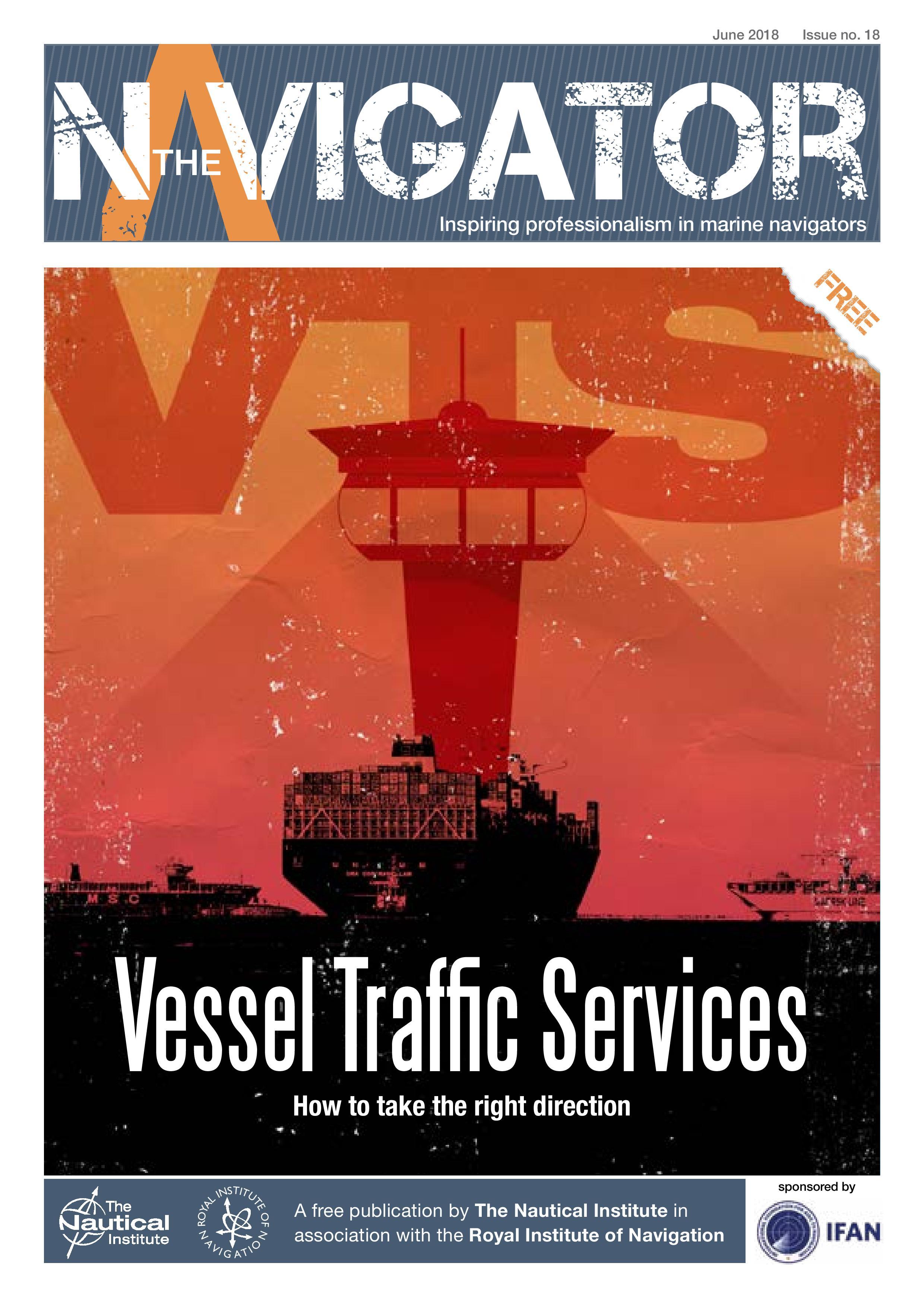Seeing the world by all available means
All @ Sea - Watching out for whales
Whale strikes remain a concern for all seafarers, as does the protection and conservation of these marine giants. Read on for some useful links, tips and resources to help you learn more about avoiding strikes, understanding the habits of whales and factoring their preservation into passage planning. If you spot any broken links, or would like to suggest resources that we have not included here, please do get in touch!
The Navigator statementWho's Navigating? Stepping outside the comfort zone
Deck cadet Chelsa Maria George Paul talks about her experiences at sea, her ambitions to rise through the ranks and her desire to be a good role model for women all over the world who want to build a career at sea.
The Navigator statementWATCHOUT - Voluntary whale avoidance routing
In this series, we take a look at issues affecting the safety of mariners and the species with whom we share our oceans and seas.
The Navigator statementWAYPOINT - Spotting whales from space?
Space and AI technologies are increasingly able to provide information that helps mariners plan routes to avoid whales at sea – but old-fashioned look-out skills are still needed. George Shaw from the Royal Institute of Navigation investigates further.
The Navigator statementProtecting whales from vessel strikes
As mariners, we share the sea with countless marine creatures – yet we often overlook how our vessels impact their lives. As responsible seafarers, this is an issue we can no longer ignore. Captain Aly Elsayed AFNI, from the IWC expert panel on preventing whale strikes, looks at some of the dangers that whales face and how we can help keep them safe.
The Navigator statementTake 10 #39: Safeguard
Ten ways to safeguard whales and plan ahead to avoid vessel strikes
The Navigator statementWhales Superhighways
The WWF and its partners present a global view of blue corridors for whales, combining satellite tracking data from over 1000 tags from 50 researchers. They help uncover the migration pattern of whales and their critical habitats.
The Navigator statementWATCHOUT - Dragging anchor during strong winds leads to collision
In this series, we take a look at maritime accident reports and the lessons that can be learned
The Navigator statementWho's Navigating? Getting started: a deck cadet's first experience on board
Deck cadet Raveen Chandran vividly remembers his first experience on board ship. Here, he recalls the warm welcome and friendship he received, and how the learning process gave him the confidence to pass on his knowledge to others.
The Navigator statement
